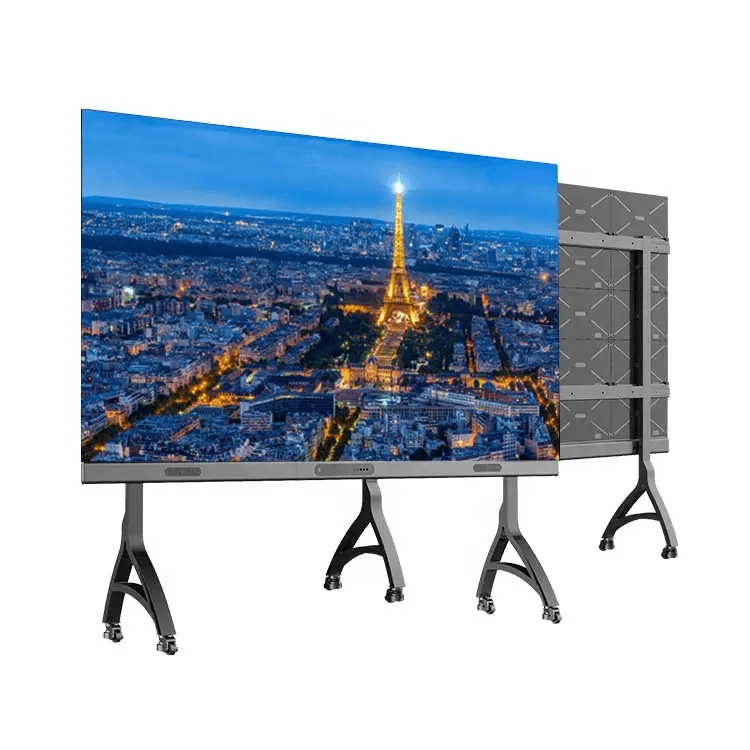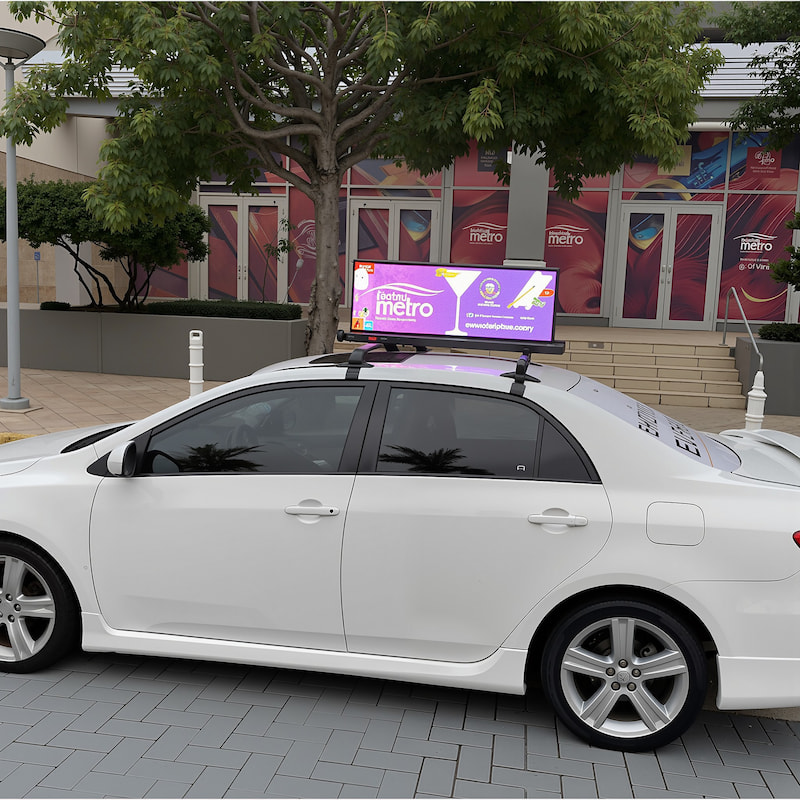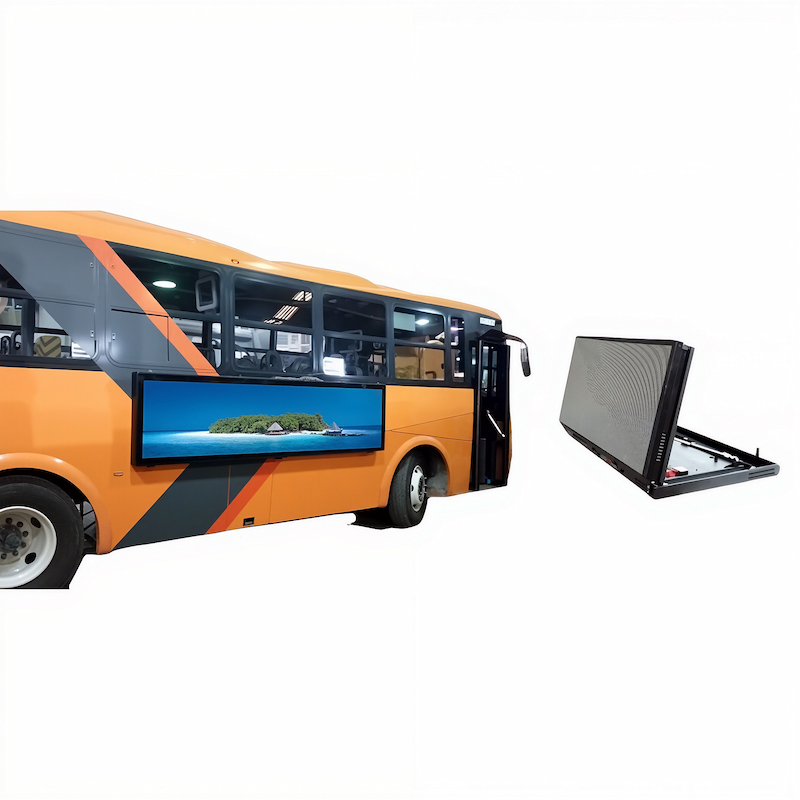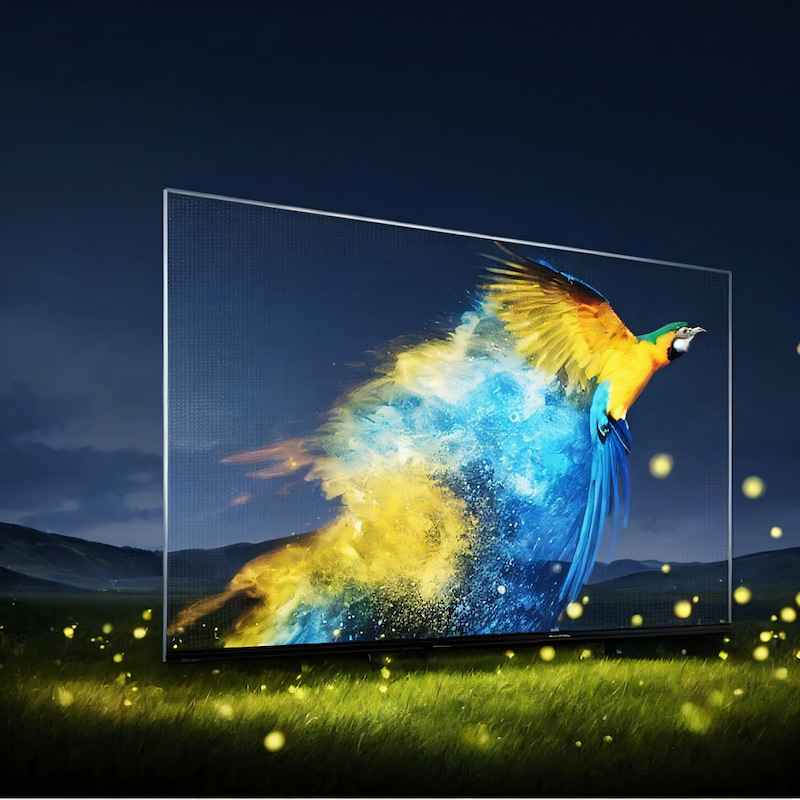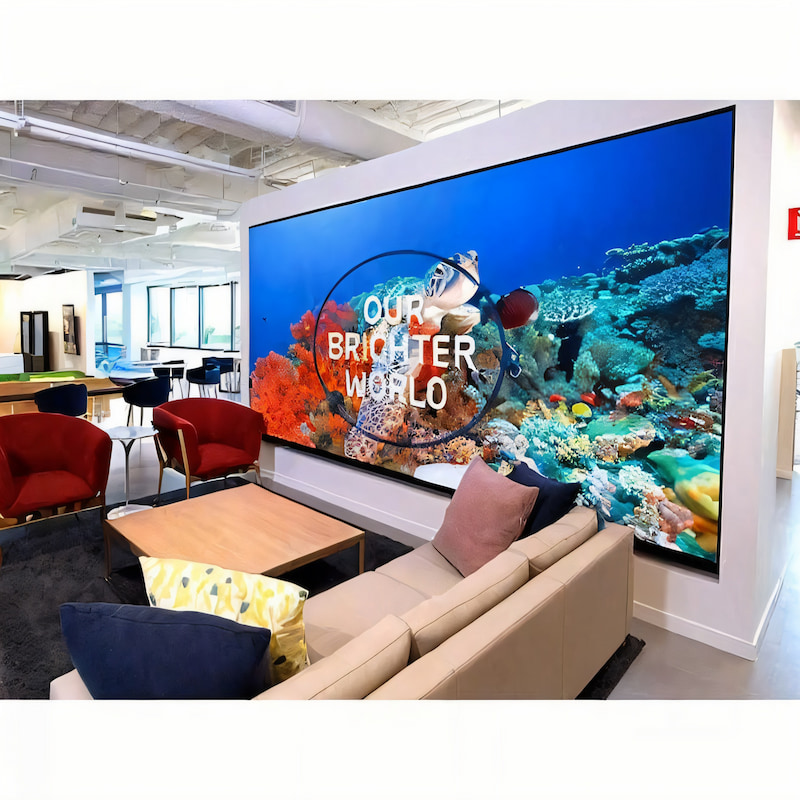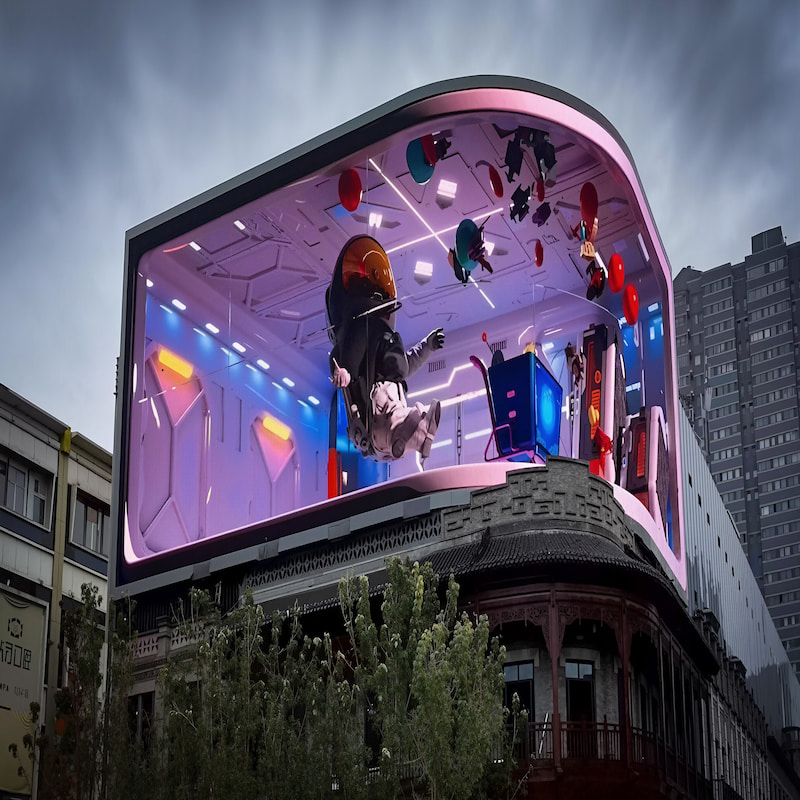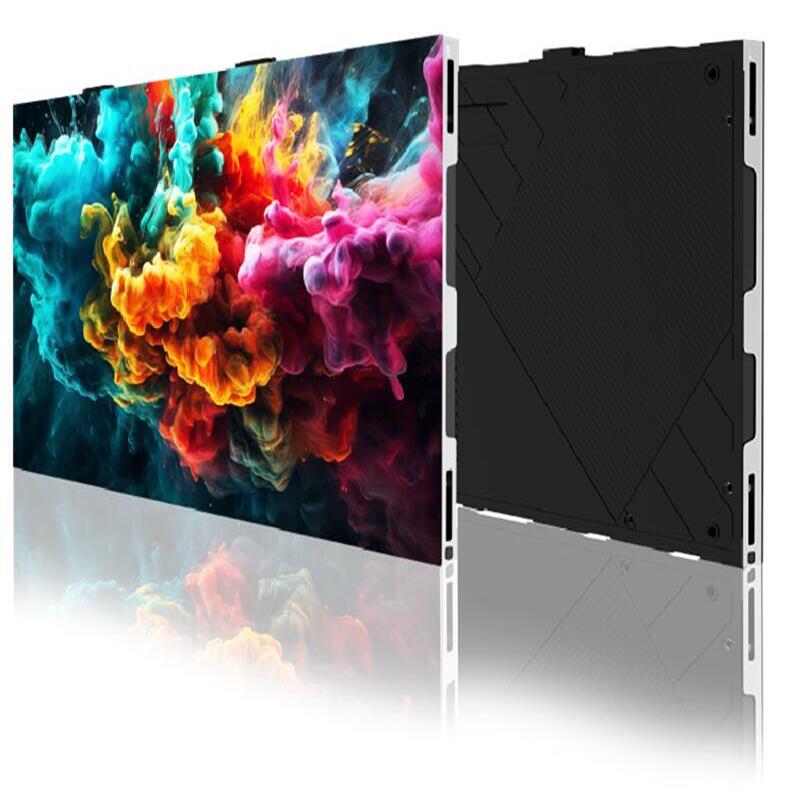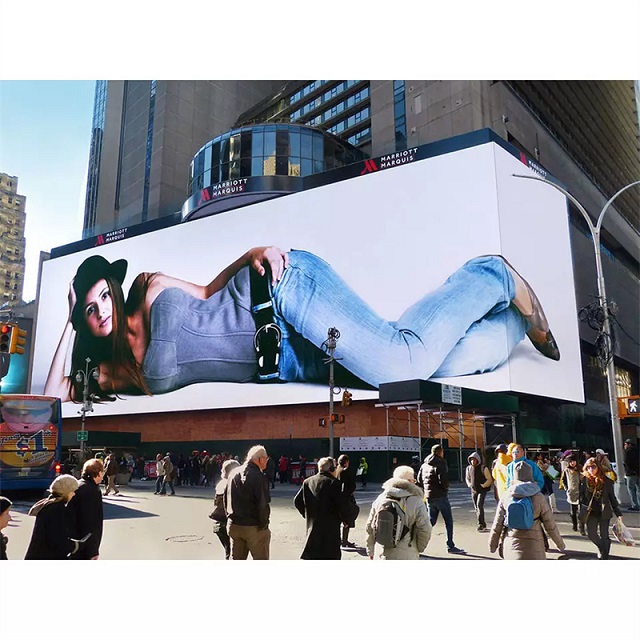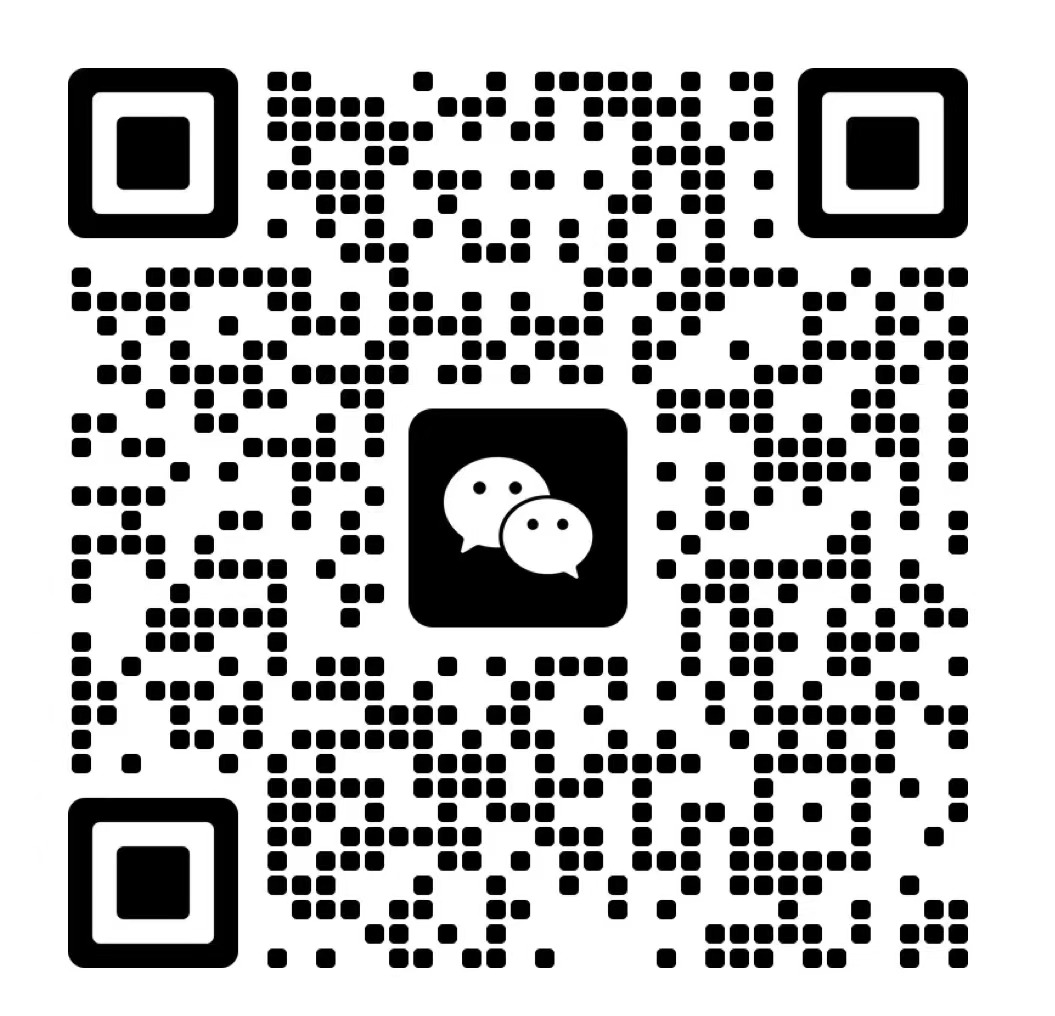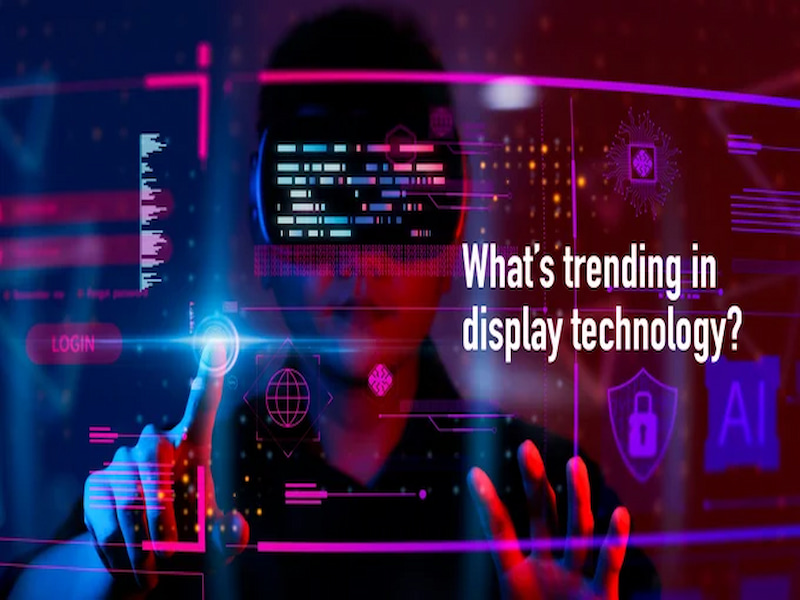
Evolution of LED in Display Technologies
Rapid changes have occurred to various elements of LED display technologies. These aspects have in return contributed to better performance and capabilities. Primarily, the monumental evolution can be attributed to the advancement of LED technology.
Evolution is prominent in aspects like the reduction of pixel pitch in LED modules. As you are aware, the smaller the pixel pitch, the higher the pixel density. When you compare LED displays that are thirty years apart, you will see incredible differences in resolution. The reduction of pixel pitch is the major reason for this difference.
Other components of LED displays that have evolved with time include;
- LED chips
- Color calibration and image processing
- Energy efficiency
- Light diffusion and optics
- Compatibility with control systems
Several benefits have been seen as a result of this progression. Currently, this type of display is virtually applicable in numerous ways. This growth is pushing boundaries and setting standards on the mainstream front.
Futuristic Trends in LED Development
To some extent, it might seem as if this technology has reached its peak. While that’s partly valid, there is much more to expect in the LED future. Tell-tale factors and forces that shape the future are evident, especially from emerging trends. The following trends are not certain but there are overwhelming odds of them coming to fruition
Human-Centric LED Lighting
This is largely a research and development concept. In essence, researchers are aiming to create LED lights that mimic your nature. The LEDs are encoded with functionalities that take into account various factors when producing light
Higher Resolutions
The hunt for the perfect resolution will lead to unbelievably high-resolution LED displays in the future. Primarily, the fixation with high resolutions is arising from the prevailing competition in the digital signage space. Thus, LED technology needs to keep up with the competition and reclaim its legacy.
Curved and Flexible Displays
An immersive experience is and will be an ongoing focus for future applications of LED displays. Therefore, form factors that support this objective are expected to be trendy in the future. Curved and flexible displays are excellent examples of these form factors.
To achieve a curved look, LED displays are formed with a slight curve. The curvature achieved with the bending mimics the natural field of vision. Effectively, a curved display facilitates a uniform viewing experience for you. It does this without distorting the image on display. Curved displays also serve viewers from different angles and distances.
In certain installations and use cases, the flexibility of LED displays comes in handy. If a display is flexible, it can be bent or rolled without damaging it. This allows for the creation of custom displays and much more

Improved Energy Efficiency
Due to the looming negative effects of overdependence on energy, there will be the adoption of advanced energy-efficient practices in the LED future. The point of advanced is to means LEDs are already miles ahead in terms of energy efficiency. However, there is still room to become even more efficient in energy consumption.
Higher Interactivity of LED Displays
The level of engagement LED displays attracts will continue to be a measure of success in years to come. Engagement in the future will look much different from what you are used to presently. Various applications like studio video walls for XR production will require higher interactivity as the production industry evolves.
Some of the expected interactivity capabilities will include proximity sensing, XR integration, multi-touch capabilities, and gesture recognition. Although some variations of these capabilities exist, the LED future will demand an advanced level of interaction.
For touch capabilities, the displays will have to be more sensitive and responsive. This will be aided by advanced infrared and capacitive sensors. Proximity sensing on the other hand will be facilitated by cameras and motion sensors that detect when you approach a display and get ready for intractoin. The same concepts will apply to XR technologies.
IoT Integration
Smart integrations will dominate the future of LED displays and the Internet of Things (IoT) is proof of this. Basically, IoT is a technology where devices connect to other gadgets within their vicinity using the internet. When IoT is integrated into LED displays, it makes them interact with other smart devices that can supplement their functionalities.
IoT integration is best demonstrated with interoperability.
Interoperability
By definition, interoperability refers to the ability of different systems to communicate with each other and exchange information. A common illustration of interoperability is switching LED lights remotely. In the future, LED displays will utilize IoT to perform self-diagnosis, troubleshooting, reporting, and so much more.
LiFi Connectivity Technology
The concept of LiFi (Light Fidelity) is built upon the use of light to establish a connection to the internet. This is unlike WiFi which uses radio waves. LiFi has the potential to revolutionize LED display technologies. This is because the main source of light in LiFi is the LED system.
LiFi is cheaper, safer, and more effective than WiFi. These factors make it a more reliable alternative for data transfer. LiFi will accelerate the delivery and real-time engagement of content displayed on LED screens.




 language :
language :










